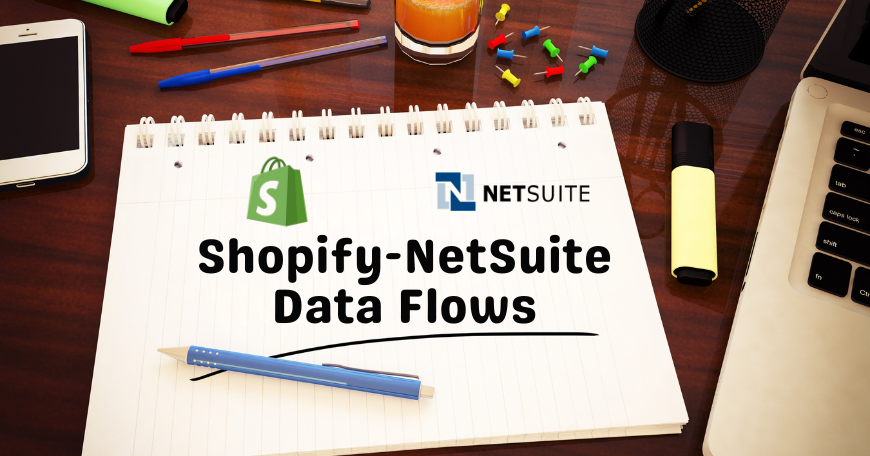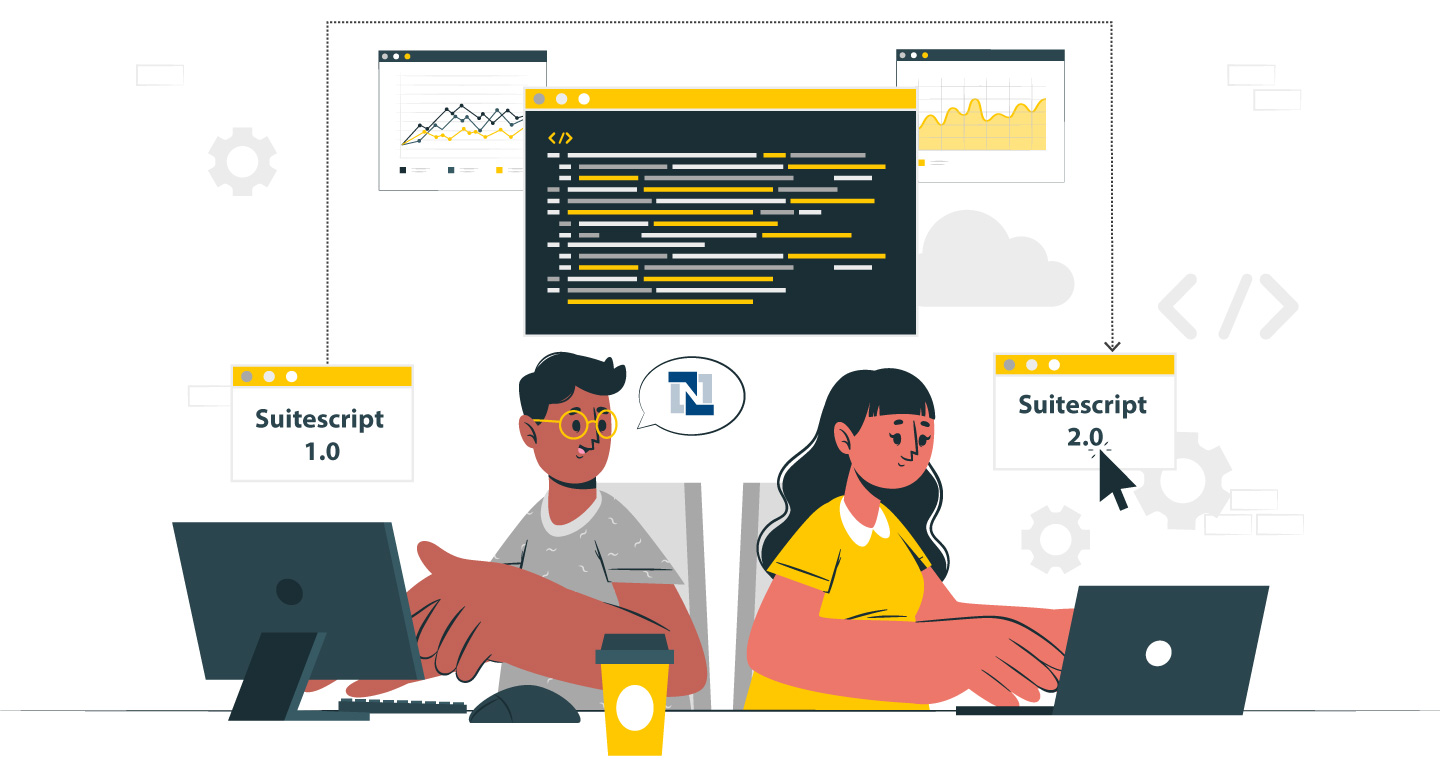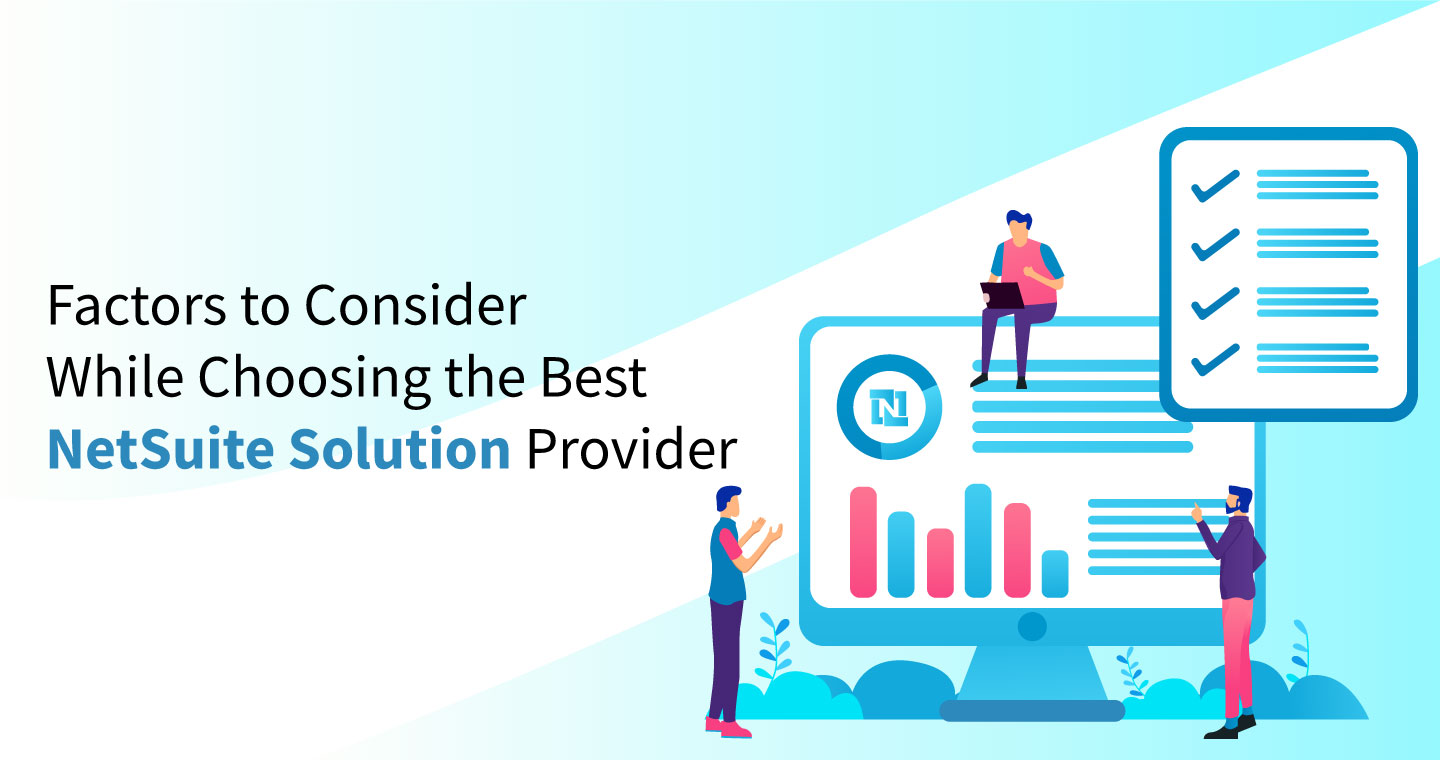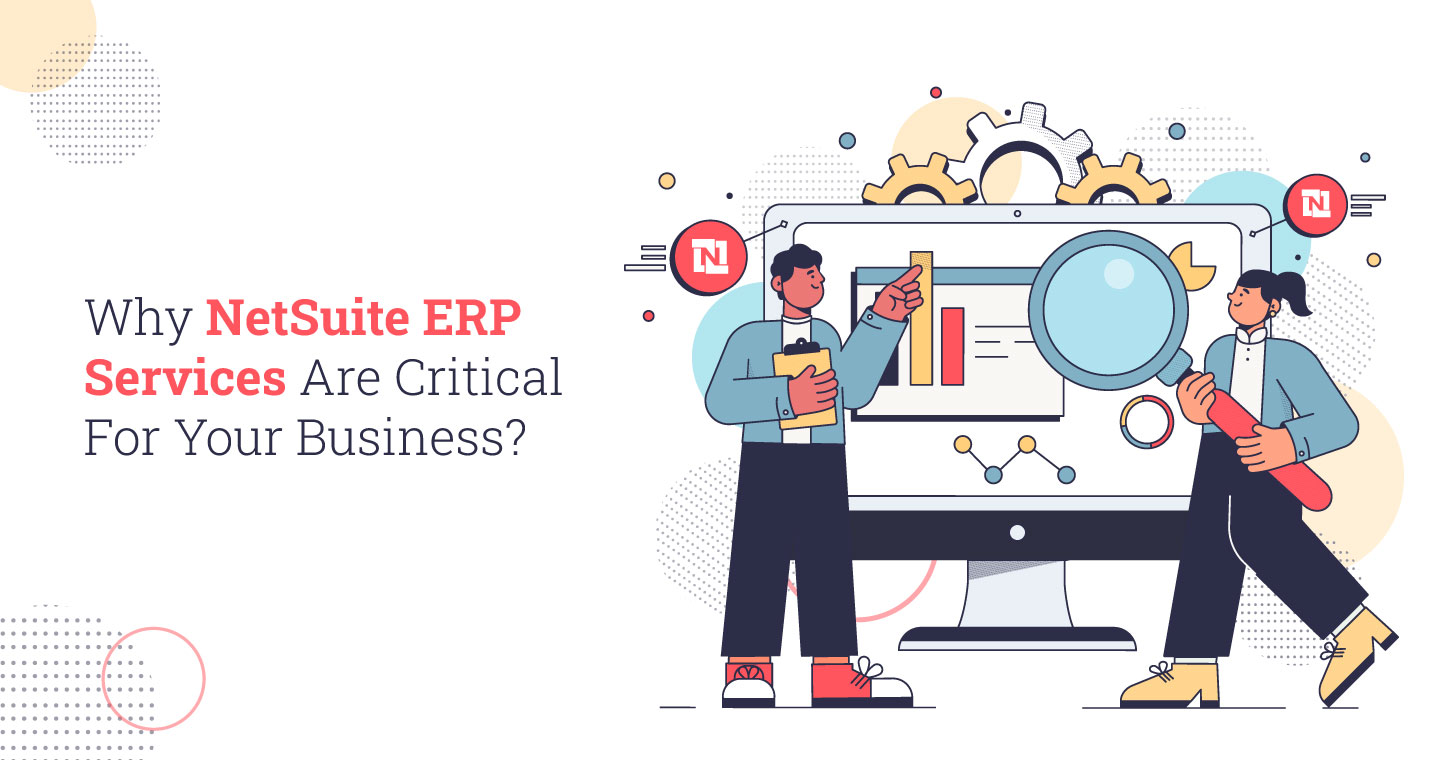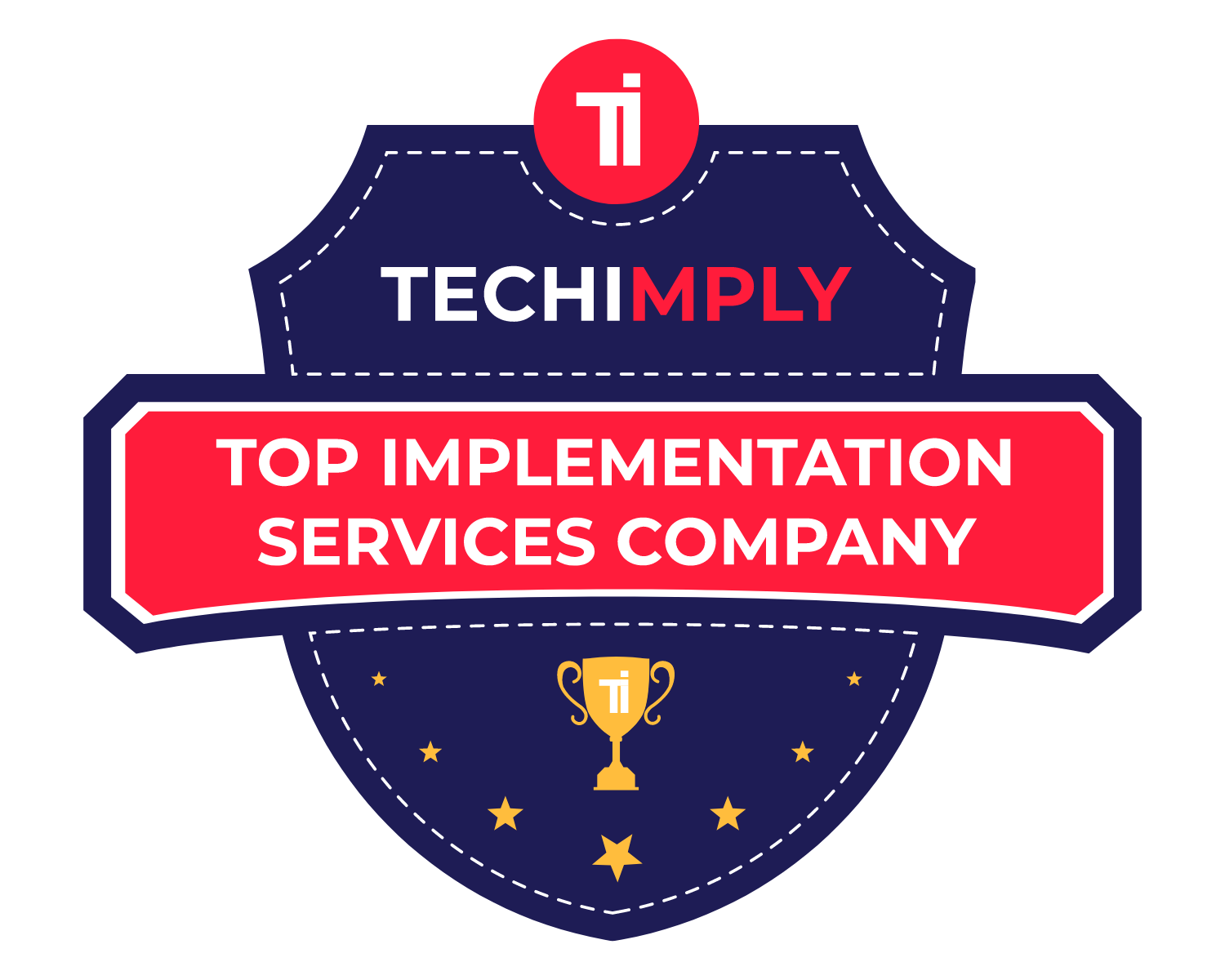Did you know that over one million businesses in the U.S. alone rely on Shopify to run their online stores smoothly?
As e-commerce grows by the second, companies face the challenge of managing thousands of orders, inventory updates, and customer accounts in real-time. To keep operations running smoothly, having a great online store is not enough. You also need a robust back-end system in place, which is achievable through the Shopify-NetSuite integration Case Study. With this integration, organizations can use Shopify for sales and NetSuite for ERP, so all processes can be mechanized, and information to make decisions is more accessible.
What are Shopify-NetSuite Data Flows?
Shopify-NetSuite data flows refer to an exchange of information between the Shopify store and the NetSuite ERP system automatically. Such data flows allow both platforms to “talk” with each other and keep their vital business information updated in real-time. For example, when a customer orders on Shopify, the order information can automatically be streamed into NetSuite for processing, inventory adjustments, and accounting entries.
Key Data Flows Between Shopify & NetSuite
To run a successful eCommerce business, it is essential to have your front-end store (Shopify) and back-end operations (NetSuite) in sync. The following key data flows power an efficient Shopify-NetSuite integration:
1. Customer Data Sync
Shopify to NetSuite: Whenever a new customer places an order, their basic details, such as name, email, phone number, and addresses, are updated automatically in NetSuite.
NetSuite to Shopify: Once updates are made to customer information in NetSuite, this can be passed over to Shopify and combined with their records to ensure each system has the same customer profile.
2. Sales Orders Sync
Shopify to NetSuite: Sales orders from Shopify are seamlessly transferred to NetSuite, including all necessary details like order number, customer data, items, and shipping/billing addresses. This allows timely order fulfillment and financial processing.
NetSuite to Shopify: Fulfillment status updates (e.g., shipping method, tracking number) flow back to Shopify, keeping customers informed in real-time.
3. Products & Inventory Management
NetSuite to Shopify: Using NetSuite, product SKUs, names, descriptions, pricing, and images are automatically sent to Shopify for consistent and updated listings.
Inventory Updates: NetSuite records the inventory levels and sends them in real-time to Shopify to ensure overstocking doesn’t occur and accurately display the remaining stock.
4. Order Fulfillment & Shipping Status
NetSuite to Shopify: As items are shipped or delivered through NetSuite, the status is synchronized to Shopify automatically. Customers also receive shipping details and tracking numbers directly via the store.
5. Cancellations, Refunds & Financial Reconciliation
NetSuite to Shopify: Whenever a refund or cancellation takes place in NetSuite, it is reflected in Shopify, so both platforms have an accurate report of orders and finances.
6. Gift Card Synchronization
NetSuite ↔ Shopify: Gift card records are synced between both platforms, including issued, redeemed, and remaining balances. This allows consistent tracking and redemption, enhancing the customer experience.
7. Order Transactions
Shopify to NetSuite: All successful transaction details for Shopify orders are pushed to NetSuite to support financial reconciliation and revenue recognition processes.
8. B2B eCommerce (Shopify Plus)
Shopify B2B ↔ NetSuite: Sync companies, locations, contacts, draft orders, price lists, and invoices between Shopify and NetSuite for comprehensive B2B operations.
9. Abandoned Checkout Recovery
Shopify to NetSuite: Abandoned Shopify checkouts can be captured and synced to NetSuite as quotes in real time, enabling sales teams to follow up and recover lost sales.
10. Product Collection Management
NetSuite to Shopify: Create and manage product collections in NetSuite, and sync them with Shopify collections to streamline product grouping and merchandising.
11. POS Store Location Transfers
Bidirectional Flow: Inventory transfers initiated at POS store locations are mirrored in NetSuite via transfer orders and receipts, enabling accurate tracking of stock movements.
12. Returns Management
Custom Workflows: Handle complex return scenarios with flows supporting multi-stage approvals, return reason codes, partial refunds, warranty claims, and international return routing, syncing return data between both platforms efficiently.
6 Benefits of Automating Shopify-NetSuite Data Flows
Automating Shopify-NetSuite data flows brings several benefits to e-commerce businesses. The following are the benefits of using a NetSuite-Shopify integration to streamline your backend processes and improve performance:
1. Faster Order Processing
Once a customer orders on Shopify, the data goes straight to NetSuite for processing. Due to this, goods can be delivered more quickly with better customer satisfaction. Fast handling of customer orders promotes loyalty and helps to ensure customers return to use the service again.
2. Real-Time Inventory Updates
Automation ensures that inventory levels at Shopify and NetSuite are reconciled in real time. This prevents overselling or stockouts, informs customers about product availability, and enhances inventory control and planning. Furthermore, inventory management prevents wasting money on restocking of exclusive items or unnecessary shelves.
3. Streamlined Product Listings
Any changes to product information in NetSuite, including price, description, or images, are automatically synced to Shopify. This ensures consistent product listings across channels while eliminating redundant manual updates. In addition, synchronization of product details avoids customer confusion and preserves brand consistency.
4. Improved Customer Experience
Automated syncing of order status, tracking numbers, and customer details allows businesses to keep customers informed. This builds trust, reduces complaints, and supports a smoother and more satisfying shopping experience. Customers also appreciate transparency, which increases positive reviews and brand loyalty.
5. Seamless Returns and Refunds
Shopify keeps the status of returns, cancellations, and refunds up to date in NetSuite. As a result, it streamlines handling returns, applies accurate updates to stock, and increases the speed and accuracy of customer refunds. Handling returns effectively makes customer service teams’ jobs easier.
6. Centralized Data Management
There is one unified data source for products, customers, and orders to ensure a seamless flow of information between systems. It results in better cooperation among members, less duplication of records, and informed decision-making with updated data. In addition, storing data centrally promotes both ongoing growth and smooth operations.
5 Challenges & Best Practices for Shopify-NetSuite Integration
Shopify is connected to NetSuite, which helps businesses run their stores and back office together. But this approach is typically met with both technical and functional challenges, which can be managed using the practices mentioned below:
1. Data Sync Errors
Data sync errors happen due to wrong field mappings, API issues, or duplicate records. In fact, large data volumes and outdated connectors can also cause problems. To fix this, check field mappings, set user permissions, use validation rules, and break down large data transfers. You can also use error logs and sandbox environments to test solutions safely.
2. Order Management Issues
Order problems may come from incorrect settings, manual entry errors, or system slowdowns. Automation, checking order configurations, and improving system performance can solve these issues. You can also monitor order workflows and contact NetSuite support if needed.
3. Inventory Discrepancies
Inventory mismatches often result from manual errors, poor tracking, or integration faults. Automation is used to track and sync stock data between Shopify and NetSuite. Regular training and using updated tools can also reduce mistakes and improve accuracy.
4. Customer Data Inconsistencies
Incorrect or outdated customer data can harm communication and reports. Use data validation rules and sync customer data regularly. CRM tools also help manage customer information in one place. You can also train your team on data accuracy practices to avoid errors.
5. Integration Downtime
Integration downtimes stop data flow between systems and slow operations. To prevent this, monitor servers, keep connections stable, and schedule updates during off-hours. Always have backup plans and talk to support teams if downtimes happen often.

How can VNMT Solutions Help You?
Shopify NetSuite Integration can revolutionize your eCommerce activities by synchronizing your ERP, CRM, and online store processes for improved efficiency and low manual intervention. It provides smooth data flow, precise reporting, and informed business decisions when executed correctly.
However, Shopify integration with NetSuite is a complicated process requiring an in-depth understanding of systems and technical expertise from VNMT Solutions. Our NetSuite-certified professionals and solution architects have years of experience creating scalable and entirely customized Shopify-NetSuite integrations.
Ready to streamline your eCommerce operations with a seamless Shopify-NetSuite integration? Let VNMT Solutions handle the complexity while you focus on growth.
